Your tires form the essential bond between your vehicle and the ground. The tread grips the road as you drive. But if it's not deep enough, your car loses traction and suffers extended braking times. Shallow tread grooves make it harder to control the vehicle in wet weather and the chance of aquaplaning increases. To ensure your safety, measure the tread depth as part of your regular vehicle maintenance.
Tread is the rubber on the tire that touches the road. New tires have an average tread depth of 8 to 9 millimeters (10/32 to 11/32 inches). As you drive, the tread will wear down. A tire with a tread depth below 1.6 millimeters (2/32 inches) lacks grip. Braking distance and vehicle control are impaired. These tires are not safe for driving and must be replaced.
Please consider that safe driving in wet and snowy weather conditions is affected by the tread depth, the pattern design and the rubber compound of the tread of your tires. On wet or snow-covered roads braking performance will progressively decline with lower tread depths. On wet roads there is an additional increased risk of aquaplaning with fading tread depths.
Therefore, check your tires regularly, reduce your speed on wet and snowy roads and consider replacing your tires in good time.
Ensure your vehicle is equipped with the correct winter, summer, or all-season tires.
Tread wear indicators, or wear bars, are spaced evenly through the main grooves in the tire tread. If they are flush with the level of the tread, then the tire should be replaced.
Several winter tire models are equipped with winter tire wear indicators. If they are flush with the level of the tread, the tire is no longer suitable for winter driving conditions. In some locations, they may also no longer legally qualify as winter tires.
The tire tread grips the road and wears down as you drive. To ensure your safety, measure the tread depth as part of your regular vehicle maintenance.
If you have a tire tread depth gauge, use it to measure the tread depth. Insert the probe bar into the groove and push the shoulders flush with the tread. Check the top of the gauge to see the measurement. Alternately, a small ruler can be used.
Be sure to check in various locations. A misaligned wheel may result in uneven treadwear. Keep an eye open for any areas that look more worn than the surrounding surface. The tire's tread should be judged by the lowest depth you measured.
If you are uncertain of the measurements, take your vehicle to a service center.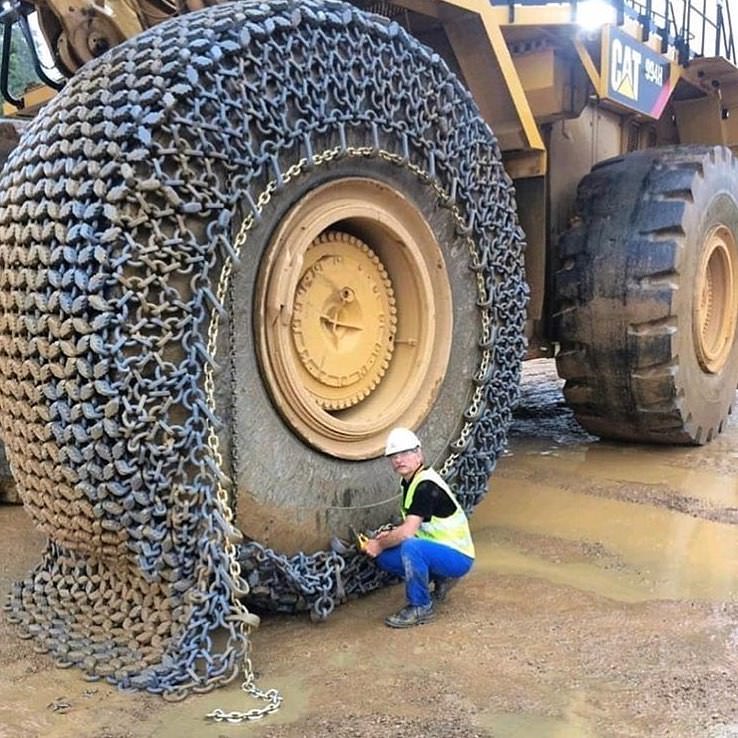
While measuring the tread, look for cupping, or scalloping. These are small scoops, or divots, carved from the tread. They can indicate misalignment or other problems with your vehicle. Take your car to a service center.
Also, watch out for bulges in the tire tread or sidewall. They are not safe. You need to get a new tire.
Kind of a weird question, but I'm doing an art project and I'm thinking about using old car tires. How thick are they, specifically the treads? I want to make sure they'll work before I haul them all the way to my house.
Liz Jenson · Answered on Oct 27, 2021
Reviewed by Shannon Martin, Licensed Insurance Agent.
What a cool way to recycle tires! Tire thickness will depend on how old the tires are and the brand you get.
Generally, new car tires will have a 10/32-inch or 11/32-inch tread depth.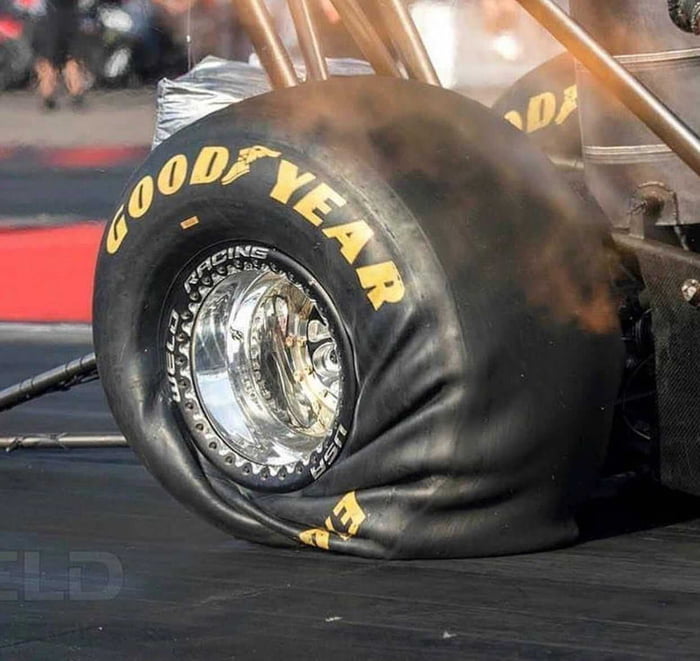 Some trucks and SUVs may have deeper treads, and winter tires are typically thicker than average, too.
Some trucks and SUVs may have deeper treads, and winter tires are typically thicker than average, too.
However, the U.S. Department of Transportation recommends that people replace their tires when the treads reach 2/32 inch, so any used tires you find will likely be thinner.
Car tires thin out over time, but your car insurance coverage shouldn’t. The Jerry app can help you to compare prices and coverages from different insurance companies to make sure that you’re still paying what you should for your car insurance.
MORE: How to put snow chains on tires
Car MaintenanceCar Tires
View full answer
WHY YOU CAN TRUST JERRY
Jerry partners with more than 50 insurance companies, but our content is independently researched, written, and fact-checked by our team of editors and agents. We aren’t paid for reviews or other content.
Browse More Content
What To Do If Your Parking Brake Won’t Engage
Clutch Slave Cylinder Replacement
Car Hesitating and Bucking Inspection
Car Battery: Replacement Cost
Leaking Transmission Fluid: Inspection Cost
Audi Q7 Premium Insurance Cost
Acura 3. 2Tl Type-S Insurance Cost
2Tl Type-S Insurance Cost
Kia Niro Fe Insurance Cost
Pontiac G8 Insurance Cost
Cadillac Dts Premium Collection Insurance Cost
Howe Car Insurance
East Troy Car Insurance
Manhattan Car Insurance
Brooklyn Car Insurance
East Islip Car Insurance
What’s the best way to take a car wrap off? It’s looking kind of faded, and I’m ready to get rid of it. I’d rather not spend the money for someone else to take it off.
Liz Jenson
Oct 27, 2021
I'm fixing up an old car and getting a secondhand stereo. How many watts is good for a sound system?
Liz Jenson
Oct 27, 2021
I get a ton of road noise in my car. Can car doors be soundproofed?
Can car doors be soundproofed?
Liz Jenson
Oct 28, 2021
Browse All Questions
Your resource for 2021 Audi Q7 dimensions is right here.
Christelle Agustin
Jul 26, 2022
The 2018 Ford Focus has a 12.4-gallon gas tank on most trims. The NISMO RS hatchback’s tank is 13.4 gallons, while the Electric Titanium has no tank.
Christelle Agustin
Jul 26, 2022
Knowing your engine’s oil capacity is essential to DIY your oil change—here’s all the info you need for your 2015 Cadillac ATS 2.0.
Christelle Agustin
Jun 29, 2022
Texting and Driving
Uninsured Motorist Protection
Car Repairs
Parking
Valuable Articles Insurance
Company Cars
Europe
MetLife
insurance agents and brokers
Crash Test Ratings
Stolen Cars
Virginia
Kemper Preferred
Scooters
Natural Disasters
Subrugation
Online Insurance Shopping
buying
Equipment Breakdown Insurance
Natural Disaster
Bodily Injury
Cancellation Policy
Toyota Prius
Liberty Mutual
Empower Insurance
Insurance Agents
Car Loan
No long forms
No spam or unwanted phone calls
Quotes from top insurance companies
Find insurance savings — it's 100% free
Toyota
Hyundai
Mercedes-Benz
Subaru
Chevrolet
Mitsubishi
Every car enthusiast wants new tires to last at least a couple of seasons - this is both convenient and profitable. However, increased loads on the tire can negate all efforts to keep the rubber in good condition for as long as possible. That is why, when choosing new tires, it is necessary to pay attention to such an indicator as the tire load index, the decoding of which contains important information for each driver. On the tire, it is applied next to the speed index and is indicated by numbers - for example, 98T (where 98 is the load index, T is the speed index).
However, increased loads on the tire can negate all efforts to keep the rubber in good condition for as long as possible. That is why, when choosing new tires, it is necessary to pay attention to such an indicator as the tire load index, the decoding of which contains important information for each driver. On the tire, it is applied next to the speed index and is indicated by numbers - for example, 98T (where 98 is the load index, T is the speed index).
The load index can be loosely referred to as the load carrying capacity of a tire - in other words, it is the load limit of a car equipped with specific tires at the maximum specified speed. The load indexes of passenger car tires range from 60 to 125 units (or from 250 to 1650 kg).
It is worth noting that a variety of indicators influence this parameter: the degree of tread wear, the tire temperature, and much more. To slightly smooth out the influence of these factors, the manufacturer always leaves a margin of safety of at least 20%.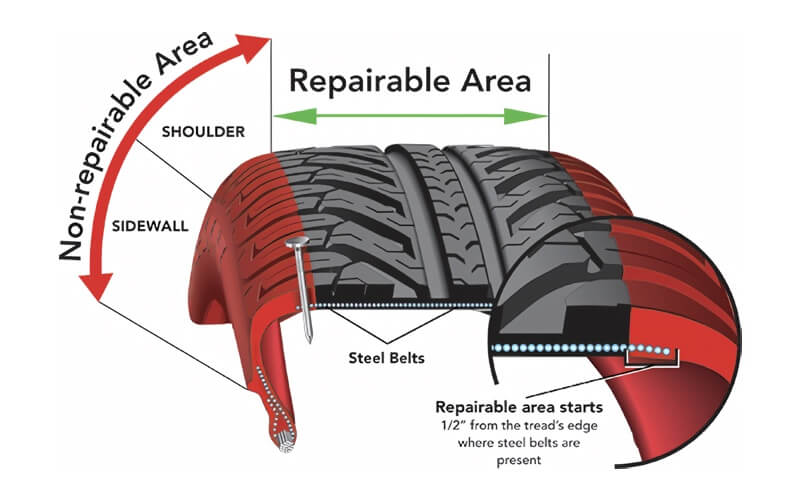
It is especially important to take into account the load index when moving on domestic roads - the wheel, once in the pit, must withstand the blow. If you do not pay attention to these parameters and load the car more than it is provided, then the likelihood that the tire will not withstand the load increases significantly.
Of course, such coefficients are always calculated with a margin, but it is better to save tire resources for some unforeseen event, and in normal operation it is better to save rubber. After all, tires whose load index is within the acceptable level last longer.
Consider a specific example - your tire is marked 98 T:
 This is the load that your car will withstand at speed 190 km/h
This is the load that your car will withstand at speed 190 km/h However, the load index is the maximum allowable value, the top, which is not worth climbing. The weight of the car and load is not always evenly distributed between the front and rear axles, and passengers often sit in the wrong place for balance, and therefore there should always be a small margin. The most optimal and safe is the load in the amount of not more than 35% of the total mass of the car. In the end, for the transport of particularly heavy loads, you can always buy tires whose tire load index, the table of which is presented on our website, will be higher. But keep in mind that in this case, the load on the suspension will also increase, and this can lead to its premature wear.
In conclusion, we note another important nuance - the tire load index should not be less than that indicated on the tires in the basic configuration of the car. Failure to follow this rule may result in an accident. The best solution for calculating the load index is the recommendations of the car manufacturer, indicated in its technical documentation.
The best solution for calculating the load index is the recommendations of the car manufacturer, indicated in its technical documentation.
Below is a complete table of indexes (coefficients) of load capacity :
| LI | kg | LI | kg | LI | kg | LI | kg | LI | kg | LI | kg | LI | kg |
|---|---|---|---|---|---|---|---|---|---|---|---|---|---|
| 0 | 45 | 40 | 140 | 80 | 450 | 120 | 1400 | 160 | 4500 | 200 | 14000 | 240 | 45000 |
| one | 46.2 | 41 | 145 | 81 | 462 | 121 | 1450 | 161 | 4625 | 201 | 14500 | 241 | 46250 |
| 2 | 47.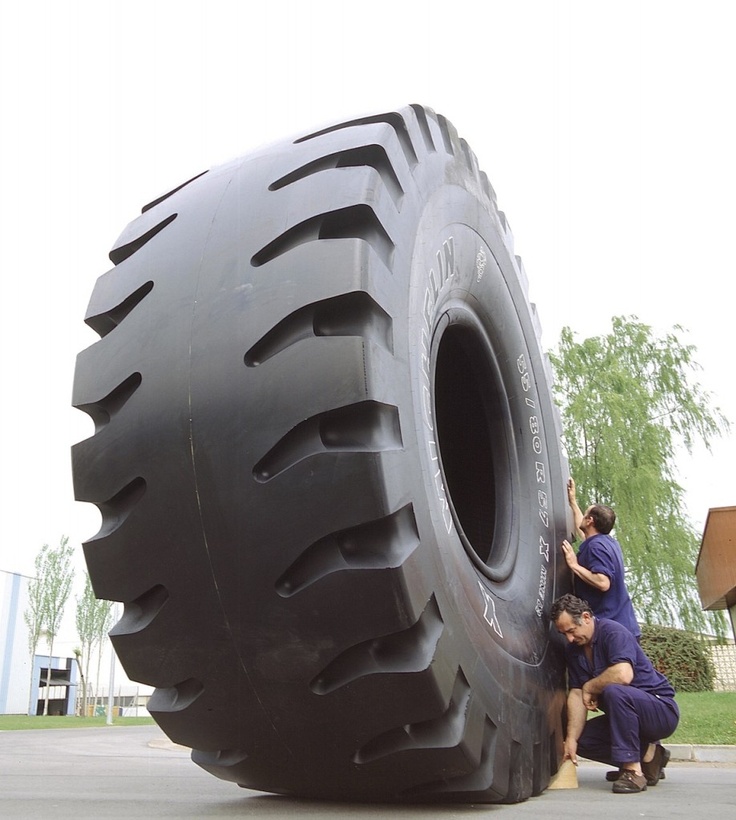 5 5 | 42 | 150 | 82 | 475 | 122 | 1500 | 162 | 4750 | 202 | 15000 | 242 | 47500 |
| 3 | 48.7 | 43 | 155 | 83 | 487 | 123 | 1550 | 163 | 4875 | 203 | 15500 | 243 | 48750 |
| four | fifty | 44 | 160 | 84 | 500 | 124 | 1600 | 164 | 5000 | 204 | 16000 | 244 | 50000 |
| 5 | 51.5 | 45 | 165 | 85 | 515 | 125 | 1650 | 165 | 5150 | 205 | 16500 | 245 | 51500 |
| 6 | 53 | 46 | 170 | 86 | 530 | 126 | 1700 | 166 | 5300 | 206 | 17000 | 246 | 53000 |
| 7 | 54.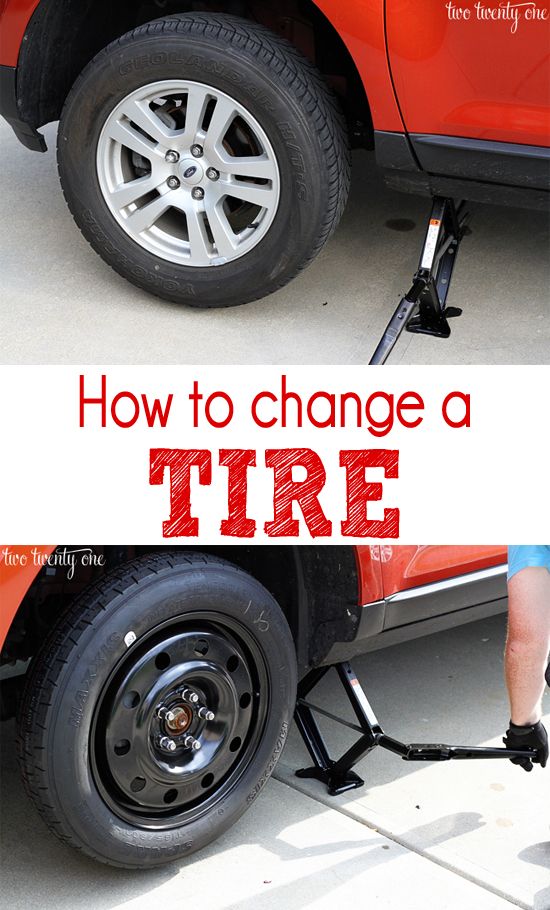 5 5 | 47 | 175 | 87 | 545 | 127 | 1750 | 167 | 5450 | 207 | 17500 | 247 | 54500 |
| eight | 56 | 48 | 180 | 88 | 560 | 128 | 1800 | 168 | 5600 | 208 | 18000 | 248 | 56000 |
| 9 | 58 | 49 | 185 | 89 | 580 | 129 | 1850 | 169 | 5800 | 209 | 18500 | 249 | 58000 |
| ten | 60 | fifty | 190 | 90 | 600 | 130 | 1900 | 170 | 6000 | 210 | 19000 | 250 | 60000 |
| eleven | 61.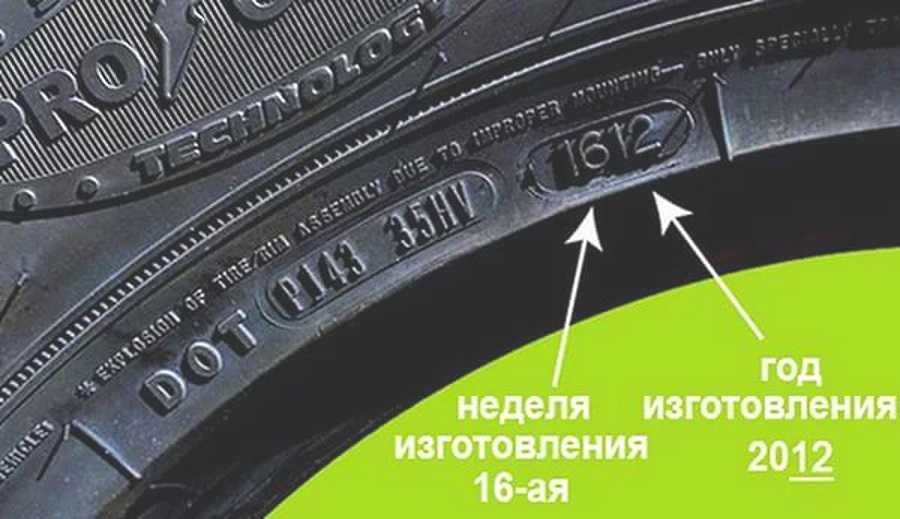 5 5 | 51 | 195 | 91 | 615 | 131 | 1950 | 171 | 6150 | 211 | 19500 | 251 | 61500 |
| 12 | 63 | 52 | 200 | 92 | 630 | 132 | 2000 | 172 | 6300 | 212 | 20000 | 252 | 63000 |
| 13 | 65 | 53 | 206 | 93 | 650 | 133 | 2060 | 173 | 6500 | 213 | 20600 | 253 | 65000 |
| fourteen | 67 | 54 | 212 | 94 | 670 | 134 | 2120 | 174 | 6700 | 214 | 21200 | 254 | 67000 |
| fifteen | 69 | 55 | 218 | 95 | 690 | 135 | 2180 | 175 | 6900 | 215 | 21800 | 255 | 69000 |
| 16 | 71 | 56 | 224 | 96 | 710 | 136 | 2240 | 176 | 7100 | 216 | 22400 | 256 | 71000 |
| 17 | 73 | 57 | 230 | 97 | 730 | 137 | 2300 | 177 | 7300 | 217 | 23000 | 257 | 73000 |
| eighteen | 75 | 58 | 236 | 98 | 750 | 138 | 2360 | 178 | 7500 | 218 | 23600 | 258 | 75000 |
| 19 | 77. 5 5 | 59 | 243 | 99 | 775 | 139 | 2430 | 179 | 7750 | 219 | 24300 | 259 | 77500 |
| twenty | 80 | 60 | 250 | 100 | 800 | 140 | 2500 | 180 | 8000 | 220 | 25000 | 260 | 80000 |
| 21 | 82.5 | 61 | 257 | 101 | 825 | 141 | 2575 | 181 | 8250 | 221 | 25750 | 261 | 82500 |
| 22 | 86 | 62 | 265 | 102 | 850 | 142 | 2650 | 182 | 8500 | 222 | 26500 | 262 | 85000 |
| 23 | 87. 5 5 | 63 | 272 | 103 | 875 | 143 | 2725 | 183 | 8750 | 223 | 27250 | 263 | 87500 |
| 24 | 90 | 64 | 280 | 104 | 900 | 144 | 2800 | 184 | 9000 | 224 | 28000 | 264 | |
| 25 | 92.5 | 65 | 290 | 105 | 925 | 145 | 2900 | 185 | 9250 | 225 | 29000 | 265 | 92500 |
| 26 | 95 | 66 | 300 | 106 | 950 | 146 | 3000 | 186 | 9500 | 226 | 30000 | 266 | 97500 |
| 27 | 97. 5 5 | 67 | 307 | 107 | 975 | 147 | 3075 | 187 | 9750 | 227 | 30750 | 267 | 97500 |
| 28 | 100 | 68 | 315 | 108 | 1000 | 148 | 3150 | 188 | 10000 | 228 | 31500 | 268 | 100000 |
| 29 | 103 | 69 | 325 | 109 | 1030 | 149 | 3250 | 189 | 10300 | 229 | 32500 | 269 | 103000 |
| thirty | 106 | 70 | 335 | 110 | 1060 | 150 | 3350 | 190 | 10600 | 230 | 33500 | 270 | 106000 |
| 31 | 109 | 71 | 345 | 111 | 1090 | 151 | 3450 | 191 | 10900 | 231 | 34500 | 271 | 109000 |
| 32 | 112 | 72 | 355 | 112 | 1120 | 152 | 3550 | 192 | 11200 | 232 | 35500 | 272 | 112000 |
| 33 | 115 | 73 | 365 | 113 | 1150 | 153 | 3650 | 193 | 11500 | 233 | 36500 | 273 | 115000 |
| 34 | 118 | 74 | 375 | 114 | 1180 | 154 | 3750 | 194 | 11800 | 234 | 37500 | 274 | 118000 |
| 35 | 121 | 75 | 387 | 115 | 1215 | 155 | 3875 | 195 | 12150 | 235 | 38750 | 275 | 121000 |
| 36 | 125 | 76 | 400 | 116 | 1250 | 156 | 4000 | 196 | 12500 | 236 | 40000 | 276 | 125000 |
| 37 | 128 | 77 | 412 | 117 | 1285 | 157 | 4125 | 197 | 12850 | 237 | 41250 | 277 | 128500 |
| 38 | 132 | 78 | 426 | 118 | 1320 | 158 | 4250 | 198 | 13200 | 238 | 42500 | 278 | 132000 |
| 39 | 136 | 79 | 437 | 119 | 1360 | 159 | 4375 | 199 | 13600 | 239 | 43750 | 279 | 136000 |
I know most of you are familiar with tires and tubes on more traditional bikes, but don't understand fat bike tire sizes.
But it's not as difficult as you think.
Typically fat tires are 3.7 to 5.2 inches and are usually fitted to wider rims ranging from 50 to 100 mm.
The volume range between tires for fat bikes can be huge, while narrow tires are perfect for groomed snow parks and desert trails. On the other hand, wider fat tires are ideal for heavy loose fresh snow and rough terrain.
In any case, understand that tire size for fat bikes depends on more than just terrain. A fat bike is only as good as its tires.
The difference between the correct size and the quality of a fat bike makes all the difference when rubber meets the road.
However, a good fat bike costs a fortune, especially if you want spiked options.
Having said that, I'll share everything you need to know about fat bike tire sizing in the section below.
Read more!
As the name suggests, fat bikes have larger tires. And we're not talking about 2-inch or 3-inch tires. No, we are talking about 3.7" and above tires. It can reach 6 inches+.
And we're not talking about 2-inch or 3-inch tires. No, we are talking about 3.7" and above tires. It can reach 6 inches+.
This is about twice the size of a typical mountain bike tire and almost four times the size of a typical road bike tire.
Wide tire width and diameter for fat bikes well suited for winter riding on rougher surfaces. It can also traverse sand, rocks, and rough terrain.
The versatility of these fat bike tires doesn't end there because they are also perfect for packed snow and will travel over snow and ice.
Wider surface provides more surface area to prevent tire sinking. At the same time, wide tires have an additional tread to prevent the tire from slipping on icy surfaces.
So if your idea of riding a fat bike involves different and challenging terrain, I would recommend a fat bike tire.
Thick tires do the bulk of the work and are more efficient at low tire pressures.
They also provide extra cushioning while riding. While they can't really replace a suspension system, fat bike wheels absorb most of the bumps and bumps while riding.
While they can't really replace a suspension system, fat bike wheels absorb most of the bumps and bumps while riding.
And in any case, since fat bikes are specially designed for riding on sand and snow, the suspension is only useful in special cases.
Theoretically, however, it is desirable to have multiple front suspension forks, as the bike can take quite a lot of impact. But with good bike handling skills, it's easier to get by with a rigid bike frame.
However, due to their size and so on, a thick tire requires more effort. But this is not a big problem, because every tire design has a price to pay.
The first step in choosing the right fat bike tire is tire size.
Most riders of fat bikes think that the fattest tires are the best option, but this is far from the case.
In my opinion, the best fat tire size should fit your frame, but more importantly, match the terrain you ride.
But if you're not sure which size is right for you and you're planning on mostly off-road riding in sand or snow, I'd recommend choosing a larger size.
With that said, here's a general guideline to help with tire sizing:
4.0-inch tires should be enough for summer dry trails and packed snow. Or rather, if you plan to ride the same trails as any other mountain bike, anything within or below 4 inches should be sufficient.
4" tires are also a great choice for UK summer driving and hard snow. Of course, in very deep sand and snow, they will not resist the big tires.
I personally had 3.8" tires and liked them. But now I have a 4.8" Giant Fattie and I love these tires even more when I use them on normal forest trails.
As I mentioned earlier, larger tires have a big advantage over really deep snow and sand. In addition, they require low tire pressure and cover a large surface area for greater stability.
Of course, there is a price for big and wide tires. The punishment for these tires is greatest on climbs and on steep trails.
However, if you live on the flats or drive in sandy areas like Florida, it's easy to justify big tires.
But if you do a lot of mountain biking and have to ride miles after miles uphill, it's easy to notice a few extra grams.
The advantage of a long stride is that if the frame of the bike allows, you can always step back a little.
Personally, I've been well served by my 4.8" and seem to be the perfect size for year round use.
But others will disagree, and that suits me. You see, size is really a personal thing. You should try several options to see what works best for you.
Anyway, I like fat bike tires because they allow me to maneuver between a couple of different terrains.
Fats are versatile and will excel on paved trails, groomed gravel trails, adventure trails or even downhills.
But more importantly, they give me an edge over my mountain bike when things get muddy, snowy, slippery, muddy and clogged with foliage.
The next thing to consider when choosing a tire for a fat bike is the tread pattern.
As with regular bikes, fat bikes also have different tread patterns.
Generally, fat bike tire treads fall into two categories; slippery and nobby tires .
If you travel on paved surfaces, I would recommend a fat bike tire with a smooth tread for low rolling resistance.
On the other hand, if you ride in rocky and rough terrain, I would recommend a studded and more industrial tread. Narrow tires can handle rough and rugged terrain.
Now let's take a closer look at each tread pattern below.
Most fat bikes are ridden with high, thick and wide-spaced handlebars. These handles provide more surface contact with the ground and therefore a better grip.
Handles dig into soft surfaces much better, providing more stability and maximum grip.
But traction comes at a price. Speed and traction work in opposition, so the safety and stability of studded tires comes at the expense of speed and higher rolling efficiency.
Conversely, if you're riding a fatbike on relatively hard and packed hard ground, you won't need as much traction and grip.
Use a smooth tire with a smaller tread pattern. The slicks are very smooth and perfect for winter riding on the hardest surfaces and on ice.
Smooth surfaces don't provide much grip on smooth surfaces, which you don't want anyway, but provide less rolling resistance.
You see, a slick tire has less contact with the road, so there is less friction. Simply put, slicker tires make it easier to achieve higher speeds and more acceleration.
But then we have a golden mean, somewhere between packed snow and ice. For such conditions, I would recommend fat bike tires with small lugs.
They add traction without increasing rolling resistance due to heavy and slow studs.
The weight and body of fat bike tires is another important factor.
Fat bike tires are generally bulkier than normal bike tires.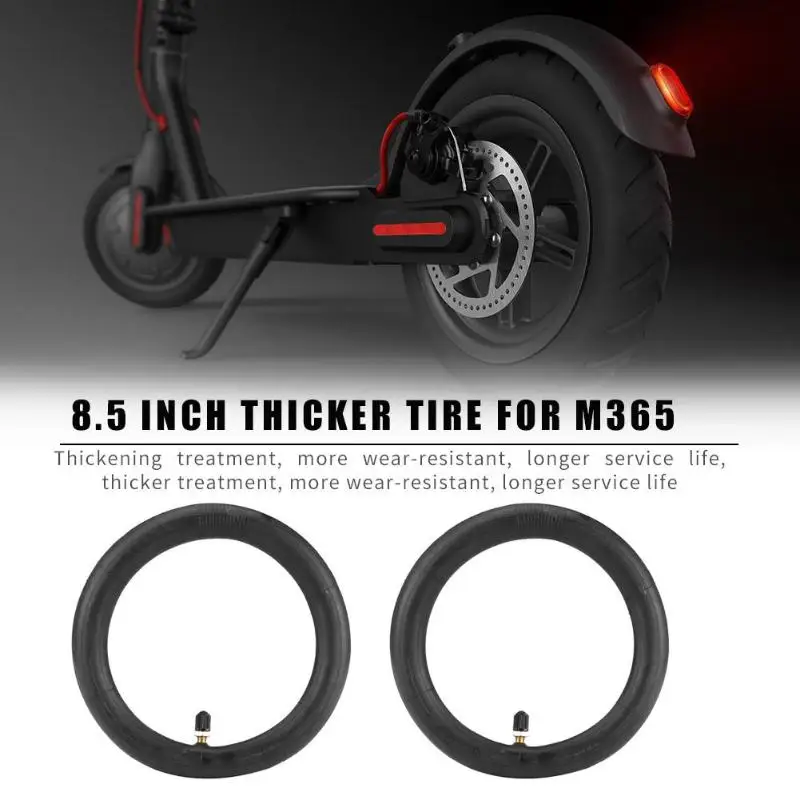
The heavier weight means they tend to be slow because they need a lot of effort to pedal and move.
Now, if you like to ride at a reasonable pace, I would advise you to find lightweight tires. You can try 60mm tubeless rims and 3.8-inch summer tires. The best of both worlds. Lightweight monster truck with excellent off-road traction.
While lightweight fat bike tires are great for all-round mountain biking, they are not really my first choice for technical and chunky trails.
But in any case, understand that speed is not in the genes of a fatbike. No matter how light your tire is, remember that it can never match a mountain or cruiser bike in terms of speed.
But that's how it works.
In one place, a fat bike has a speed advantage over other bikes on snow. Most adventure, off-road, and mountain bikes will struggle through the snow, but fat guys will move smoothly.
The reason is quite logical; fat bike tires are wider for better grip, handling and easier control.
Studs
Studs are small metal tips that increase overall grip on smooth smooth ice.
However, depending on the type of terrain, the importance of spikes can be detrimental.
For example, if you mainly ride your bike on pavement and asphalt, you will notice the distinct sound of popcorn that sucks your energy and may even come out from under the wheels.
However, they play an important role in maintaining control of the fatbike and greatly improve traction on extremely slippery surfaces.
The studs are also useful for winter riding a fat bike on icy streets, loose pavements and snow. This is a handy addition that will keep you from slipping or whatever.
Unfortunately, the extra building material and labor involved in making a studded tire add to the price. These tires are really expensive, most of them start at $200 each.
The good news is that it's worth the price, especially in the presence of snow and ice. Expect minimal tire wear and durability.
In addition, most brands offer the same tire with and without studs.
Rims carry the same weight as a tire and their importance cannot be underestimated.
Here's everything you need to know about fat bike rims.
The ideal fatbike rim width should match your riding purpose.
As a general rule, most fat bike rims are 50 to 100 mm in diameter.
As with tyres, a narrower rim width is more practical in soft and forgiving conditions. Narrower rims are also nimble, especially on regular and all-terrain bikes.
Conversely, a wider rim is useful when traversing more difficult terrain in the backcountry.
In addition to size, another important factor to consider when choosing a fatbike rim is construction.
Most bicycles have aluminum rims for strength and lightness. But a growing number of newer bikes feature a hybrid rim design with cutouts to reduce weight in the center of the rim.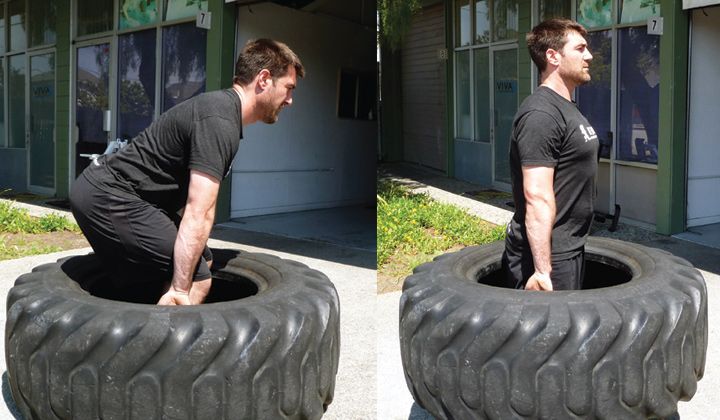
But on a higher level of fat bike rims, we have carbon-based wide rims. They are very expensive, but significantly reduce the weight of the bike. This is especially true when combined with tubeless tyres.
Ready-to-use tubeless tires are becoming more and more popular on fatbikes.
While most bikes have tubes installed, some fat bikes are starting to incorporate tubeless technology into their setups.
But is a tubeless wheel really necessary?
Yes, it's important, and I would advise against believing people who dismiss the need for it.
You see, some users claim that suspension is not needed on a fatbike. But if you've ridden a snowy, pitted trail on a tough, fat bike, you know how frustrating it can be.
While tubeless tires won't save you from bumps, they will greatly improve your comfort level. Very different from any other type of wheels.
You see, if your idea of cycling is to do a lot of desert riding, off-road mountain biking, and roaming the bush, tubeless tires are a handy tool.
The biggest benefits of this new tire are puncture resistance, reduced overall wheel weight to reduce rider fatigue and improved overall rolling efficiency.
Of course, if your cruising area doesn't pose a high risk of puncture, it's easy to ditch a tubeless tyre, but increased efficiency is still an important consideration.
But be aware that tubeless wheels will not protect your rims. They can save you from punctures on fat bike wheels, but they won't protect your rims from breaking when you take big hits.
However, tubeless wheels are super lightweight and it's no wonder they're becoming popular with fat bike riders.
Tubeless wheels are especially good when used with carbon rims. Fat bike riders value agility yet have the ability to navigate dangerous off-road terrain.
That's all you need to look for in a fat tire;
In general, wide tires have better floatation and softer feel than narrower tires.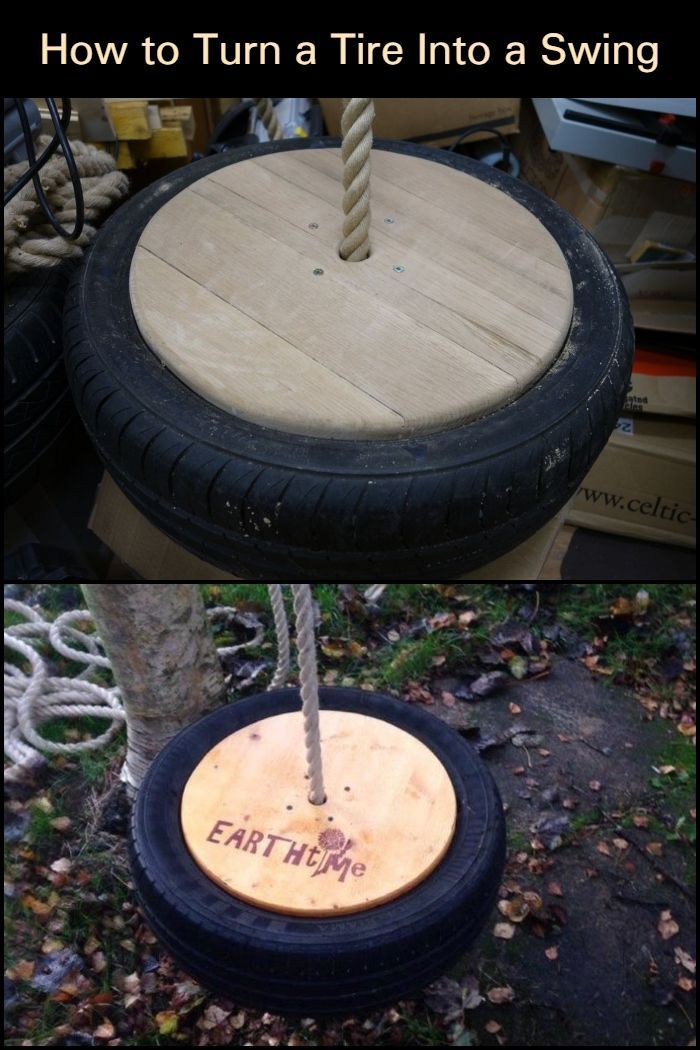
However, a corresponding increase in size brings additional weight and greater rolling resistance.
So while a 5" fat bike tire will have better cushioning and maximum buoyancy in the snow than a 4" fat bike wheel, it will inevitably feel much slower.
The good news is that whichever model you choose, you can always use a tubeless rig that allows you to work at low pressure and reduces the chance of pinching.
Most mountain bikers find tubeless tires to be puncture resistant and improve rolling resistance.
Wheel diameter increases over time.
Traditional models use 26" wheels, newer bikes use 27.5".
While the 27.5 fat bike is versatile and can fit a 26-inch bike, interchangeability also means new wheels.
In my opinion, I would recommend that you follow the manufacturer's instructions. After all, an exchange is not just a tire change.
The final selection criteria is the type of riding you do often, or the season you mostly ride.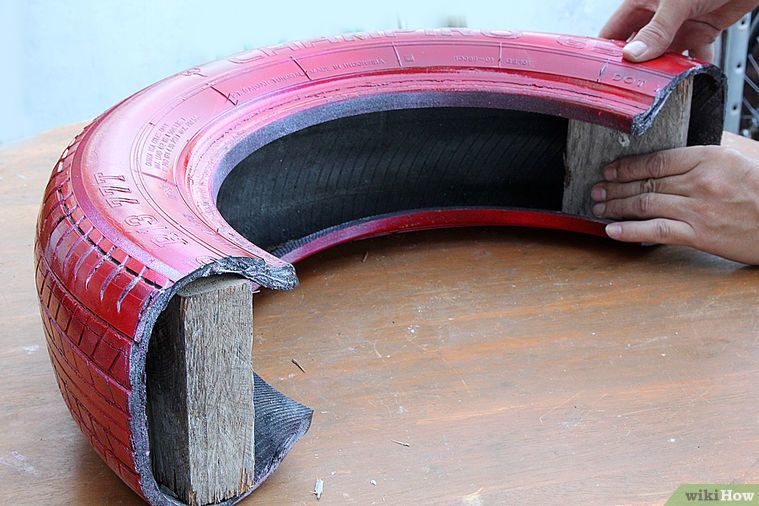 This has a huge impact on the choice of tires for fat bikes.
This has a huge impact on the choice of tires for fat bikes.
One thing to keep in mind is even with all the fat man's versatility; there really is no universal tire for a fat bike.
If you're looking for a fat bike for loose snow or snowy trails, I would suggest getting tires that can fit studs.
Conversely, if you need beach tires, studs may not be as important as buoyancy.
Finally, if you're just looking for a tire that will perform as a cruiser or mountain bike on gravel, loose dirt, and debris, choose a narrower tire.
The best way to get the most out of a fat bike tire is to experiment with tire pressure.
Unlike other indicators that are rigid, your tire's performance can be easily tuned by adjusting the pressure.
Lower pressure makes a fat bike fun, at least for me.
When I'm in the softest conditions, I reduce the pressure to just 2 psi to get the increased grip I want.
But as soon as I hit harder, rougher ground, I build up pressure to about 8 psi. Higher pressure increases sidewall support and improves bike handling.
Higher pressure is also needed when I need to increase speed and protect my discs from hard impacts.
Depending on your area, you may need to change your tire pressure during your trip, so it's a good idea to carry a pump with you.
On many journeys, adjusting the pressure in fat tires can make a big difference in buoyancy, grip and suspension.
Along with a good mini pump, bring along a digital tire gauge to make it easier to figure out your bike's settings.
A: Yes, you can use your fat man on the road.
However, fat bikes are not designed for road use, so you will have to make some compromises, such as speed.
However, fat bikes are ideal for relaxing weekend cycling trips.
A: Yes, a fat bike is a good everyday bike, especially if you don't need to gain miles or need speed.
Wide tires are safer, more comfortable and chic. They are also easier to control on the back between home and work.
A: Some of the benefits of fat tires on tarmac are better stability, a safer ride, good handling and more comfort from low pressure tires.
A: You don't need them, especially if you don't care about speed; You can choose tires with an inner tube. But if you need to increase your cycling speed and save ebike power, this is an important upgrade.
A: The air pressure in fat tires depends on the terrain and riding conditions.
But as a general rule, fat bike tires perform best at low pressures, but that's because fat bikes travel over rough off-road terrain.
Ideal pressure for loose conditions, snow and other mild conditions is 4 to 6 psi. On the other hand, the ideal pressure for harder ground like gravel can be as high as 15 psi.
A: The usefulness of the studs on your tires mostly depends on the terrain you ride.
I would recommend choosing spikes when you need to navigate areas where you can't afford to slip, such as icy traffic jams or mountain cliffs.
However, the 4" tire is wide enough for most riders to provide the necessary grip even on flat surfaces.
Remember that studs also increase rolling resistance, making it harder for you to pick up speed.
A: There are many reasons why I would recommend a fat bike tire, but the biggest and foremost one is probably versatility.
Fatbikes can handle a variety of terrain, from gravel trails, mountain trails, sand and snow.
However, they are best suited for loose sand and rough snow where other adventure bikes like mountain bikes fail.
Wider tires absorb cracks and crevices and roll over obstacles and debris with relative ease.
But more importantly, wider tires have more ground contact, so they will prevent slipping or anything like that.
Of course there are a couple of trade-offs, such as increased rolling resistance and lower speed.
We've come to the end of our fat tire bike size guide.
And as you've seen, there's one thing to consider when choosing the perfect fat tire size and tires for your ride.
The good news is that once you know what size you need for your riding style, fat bike riding becomes easy and enjoyable.
Share your opinion on fat tire sizes and what size you use in the comment section below.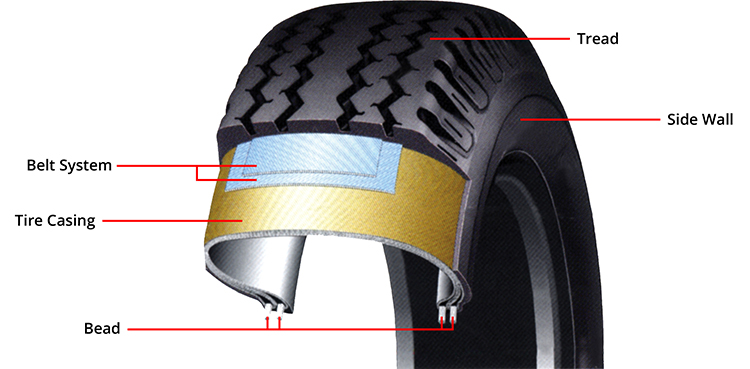
Sharing care!
72 shares
First and last name
Email address
Message
FINANCIAL AND MEDICAL DISCLOSURES
HobbyKraze is a member of the Amazon Services LLC Affiliate Program, an advertising affiliate program designed to provide website owners with the means to earn any advertising fees through advertising and links to amazon.uk a website that may be linked to the Amazon Service. Affiliate Program Ltd. As their partner, we earn on eligible purchases.
The information contained on this website does not constitute medical advice and is not endorsed by medical professionals. All content on this site is for informational purposes only.
We are an independent property and the views expressed here are our own.
Let's talk
Facebook Twitter Instagram pinterest
st.